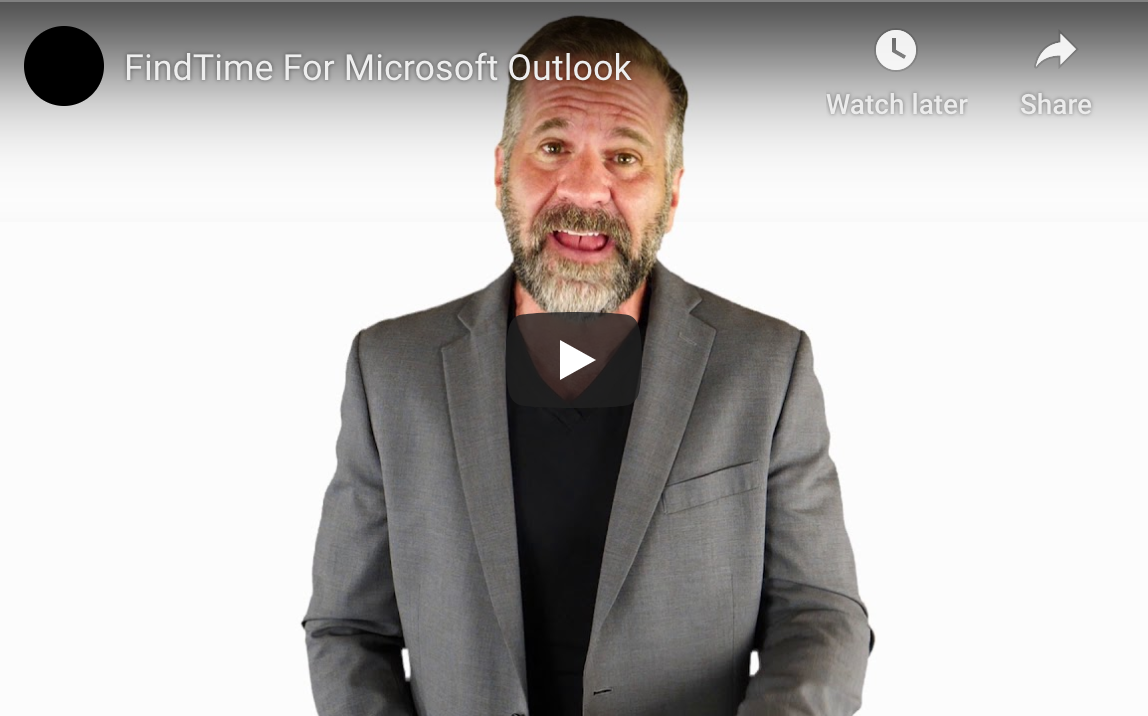Microsoft Bookings: Part Of Your Microsoft 365 Subscription
For service-based businesses, a significant paint point in the customer experience is the simple process of scheduling an appointment.
A traditional appointment-booking system requires the customer to call (or email now) and ask about an available timeslot. There’s then a back-and-forth of suggesting and checking different times that takes place until a mutually suitable time is found and booked.
This process requires customers to call during business hours when it’s done over the phone, and it requires customers to wait for an email response if done via the web. Neither of these is ideal, and the negative impact can be especially substantial because scheduling an appointment is often the first interaction a customer has with a business.
Microsoft Bookings modernizes the appointment-scheduling process so that it’s efficient and — most importantly — easy for customers to book timeslots through.
The Benefits of Using Microsoft Bookings
Some of the most important benefits that Microsoft Bookings provides improved customer experience.
Customers and clients can easily schedule appointments through the web-based platform, so they can book timeslots at their convenience rather than a business’ convenience. If a customer has a few spare minutes during the day, they can quickly log onto a business’ website and find and available time. Alternatively, they also can schedule appointments late at night, early in the morning, and on the weekend regardless of whether a business is open. The appointment software operates 24/7 for them.
Also, customers don’t have to go through the back-and-forth of suggesting times and seeing whether they’re available. When a customer logs onto a business’ website, the customer can instantly see what timeslots are available for certain services. Form the available choices, they can immediately schedule the opening that they prefer.
Businesses also benefit on the back end, where the Microsoft Bookings platform keeps everyone current on what timeslots and services have been booked. Each time a customer makes a booking, every connected device is instantly updated to reflect the schedule change. This ensures customers don’t double-book appointments, and it also makes sure employees know which of their timeslots are taken.
The Ease of Booking Appointments with Microsoft Bookings
The actual process of finding and scheduling an appointment with Microsoft Bookings is straightforward.
After the software platform is installed, a business can publish its appointment availability, and details such as services offered, employees involved, and other items can be included.
Customers then log onto the business’ website and see what appointments are available. They select the timeslot and service they want and schedule the appointment. An email confirmation is sent to the customer as a notification is pushed to the business as well. Shortly before the scheduled appointment, a reminder email is sent to the customer to decrease no-shows.
The Types of Businesses That Benefit From Microsoft Bookings
Almost any business that offers scheduled services can benefit from the scheduling ease that Microsoft Bookings provides. Law firms, dental offices, consultants, financial advisors, salons, and many other businesses can use this software — and many may find that it’s already included in their Microsoft 365 subscription.
Get Assistance with Microsoft Bookings
If your business would like to benefit from the ease and simplicity of Microsoft Bookings, contact us for assistance setting up the platform. Offering a full range of help Microsoft 365 programs, we’re well-acquainted with this particular application. Our team can quickly get it set up for you and show you just how easy it is to use the platform.
![]()










